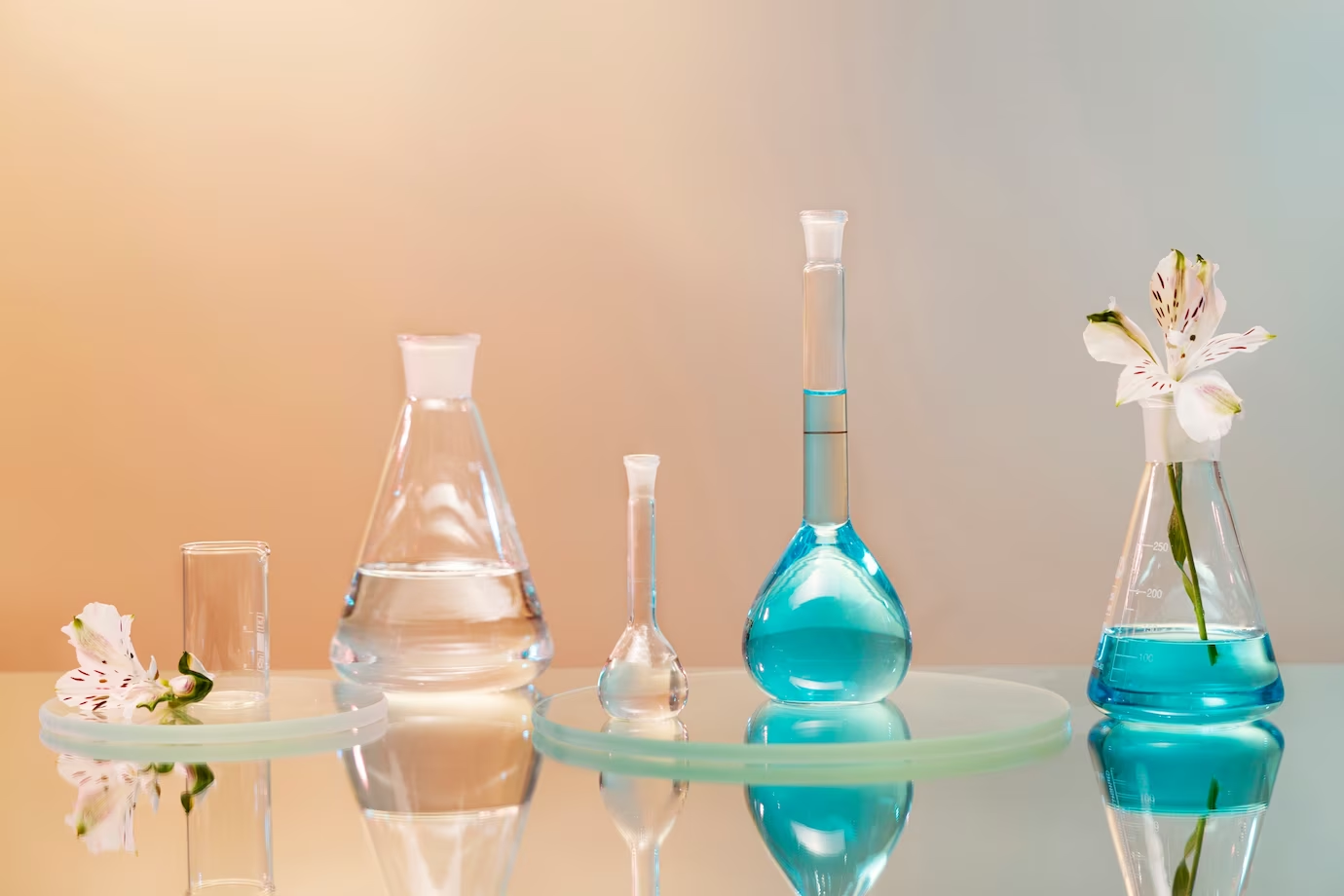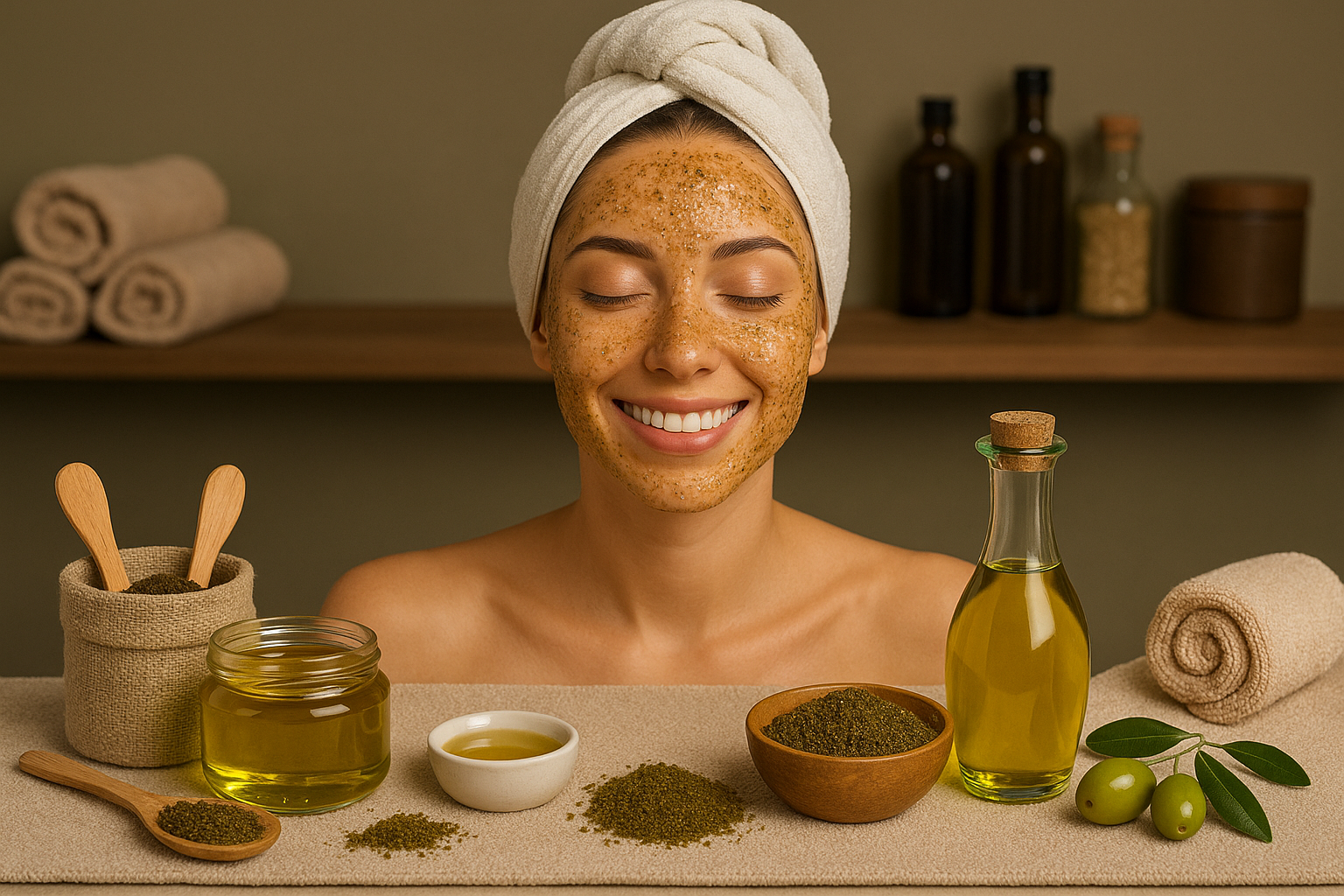Without preservatives, creams, serums, and cleansers would quickly become contaminated. In fact, even low levels of microbial growth compromise both consumer safety and product stability. Therefore, preservation is essential. Phenoxyethanol offers broad-spectrum protection while maintaining formulation compatibility, making it a trusted option across the industry.
Chemical Profile and Mechanism
Phenoxyethanol (2-phenoxyethanol) is a glycol ether with both lipophilic and hydrophilic properties. Because of this duality, it can penetrate microbial cell membranes and disrupt enzymatic systems (PubChem). Consequently, it demonstrates strong activity against Gram-negative bacteria and moderate activity against fungi and Gram-positive strains.
Regulatory Acceptance Worldwide
One of phenoxyethanol’s major strengths is its regulatory acceptance. For example, the EU Cosmetic Regulation permits up to 1% phenoxyethanol in leave-on and rinse-off products (SCCS Opinion, 2016). Similarly, the U.S. FDA lists it as a safe preservative when used within recommended levels. In contrast to parabens or formaldehyde donors, phenoxyethanol has faced fewer restrictions, making it a stable choice for global product launches.
Formulation Benefits
Because phenoxyethanol is compatible with a wide pH range (3–10), it works in diverse systems. Moreover, it remains stable at high temperatures, which is especially valuable during emulsification processes. For instance, it can survive hot-process emulsification without degrading. Additionally, it demonstrates excellent solubility in alcohols and glycols, further increasing its versatility.
Typical Usage Levels
Phenoxyethanol is usually used at 0.3–1.0% depending on product type. At lower levels, it is often combined with co-preservatives to broaden the antimicrobial spectrum. More importantly, even at full 1% concentration, it rarely causes irritation, which makes it suitable for sensitive-skin formulations (Karpovich et al., 2019).
Synergies with Other Preservatives
Because phenoxyethanol alone does not provide complete yeast and mold coverage, chemists often combine it with other actives. For instance:
- Ethylhexylglycerin: Improves fungistatic activity while also acting as a skin-conditioning agent.
- Caprylyl glycol: Enhances broad-spectrum coverage and reduces required phenoxyethanol concentration.
- Organic acids: Such as benzoic acid or sorbic acid for pH-sensitive systems.
As a result, phenoxyethanol systems allow lower total preservative load while ensuring reliable efficacy.
Consumer Perception and Safety
Consumers are increasingly aware of ingredient safety. In this context, phenoxyethanol is often described as “gentle yet effective.” Nevertheless, some blogs misrepresent its profile, creating confusion. To clarify, toxicological reviews confirm that phenoxyethanol is safe at cosmetic concentrations (Scientific Committee on Consumer Safety, 2016). Furthermore, its long history of use across pharmaceuticals, vaccines, and cosmetics reinforces confidence. Therefore, brands can highlight both safety and efficacy when communicating with end-users.
Challenges in Preservation Design
Even though phenoxyethanol is versatile, certain challenges appear in modern clean-label formulations. For example, “preservative-free” marketing often discourages its use. Additionally, waterless and anhydrous systems may not benefit from phenoxyethanol since it works primarily in aqueous phases. Nevertheless, with the rise of hybrid preservative blends, chemists can still use phenoxyethanol strategically in low-water or surfactant-rich products.
Innovation Trends
Recently, several suppliers have launched phenoxyethanol blends with multifunctional co-actives. These blends not only improve antimicrobial protection but also provide sensorial benefits. For instance, phenoxyethanol + ethylhexylglycerin systems reduce tackiness while enhancing skin feel. In addition, encapsulated forms of phenoxyethanol are under development, offering controlled release in microbiome-friendly formulations. Consequently, chemists gain more options to align preservation with consumer expectations.
Practical Applications
Because of its stability, phenoxyethanol is suitable for many formulation types, including:
- Emulsions such as creams and lotions
- Surfactant systems like shampoos and body washes
- Serums and gels where clarity is important
- Baby care products where safety margins are critical
In each of these cases, phenoxyethanol provides reliable protection without compromising formulation aesthetics. In summary, it remains one of the most valuable preservatives in the cosmetic chemist’s toolkit.
Explore Preservation Options with Grand Ingredients
Although phenoxyethanol systems are effective, innovation often requires blending with next-generation actives. At Grand Ingredients, you can explore advanced multifunctionals and bio-based alternatives in our Active ingredients







